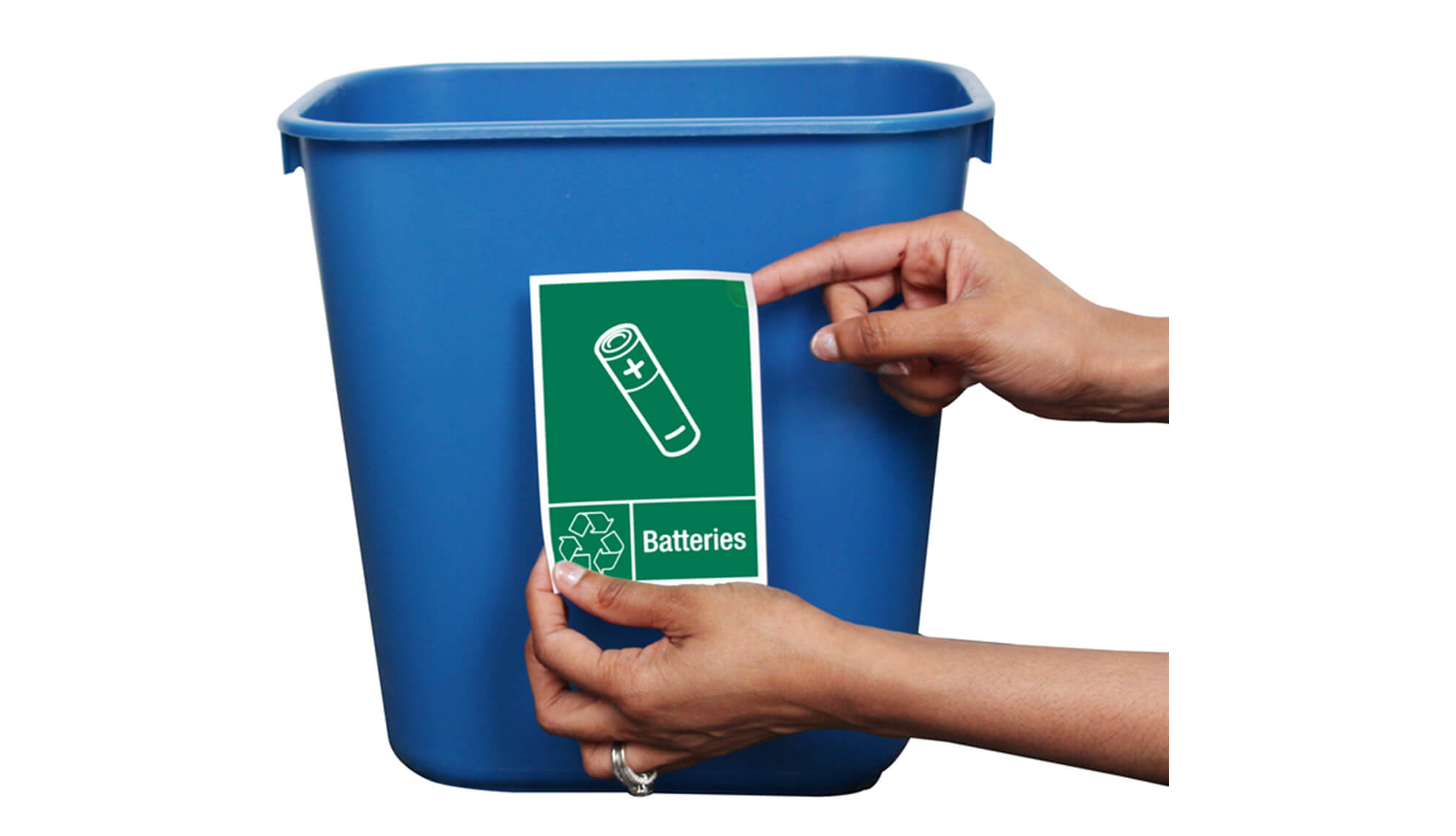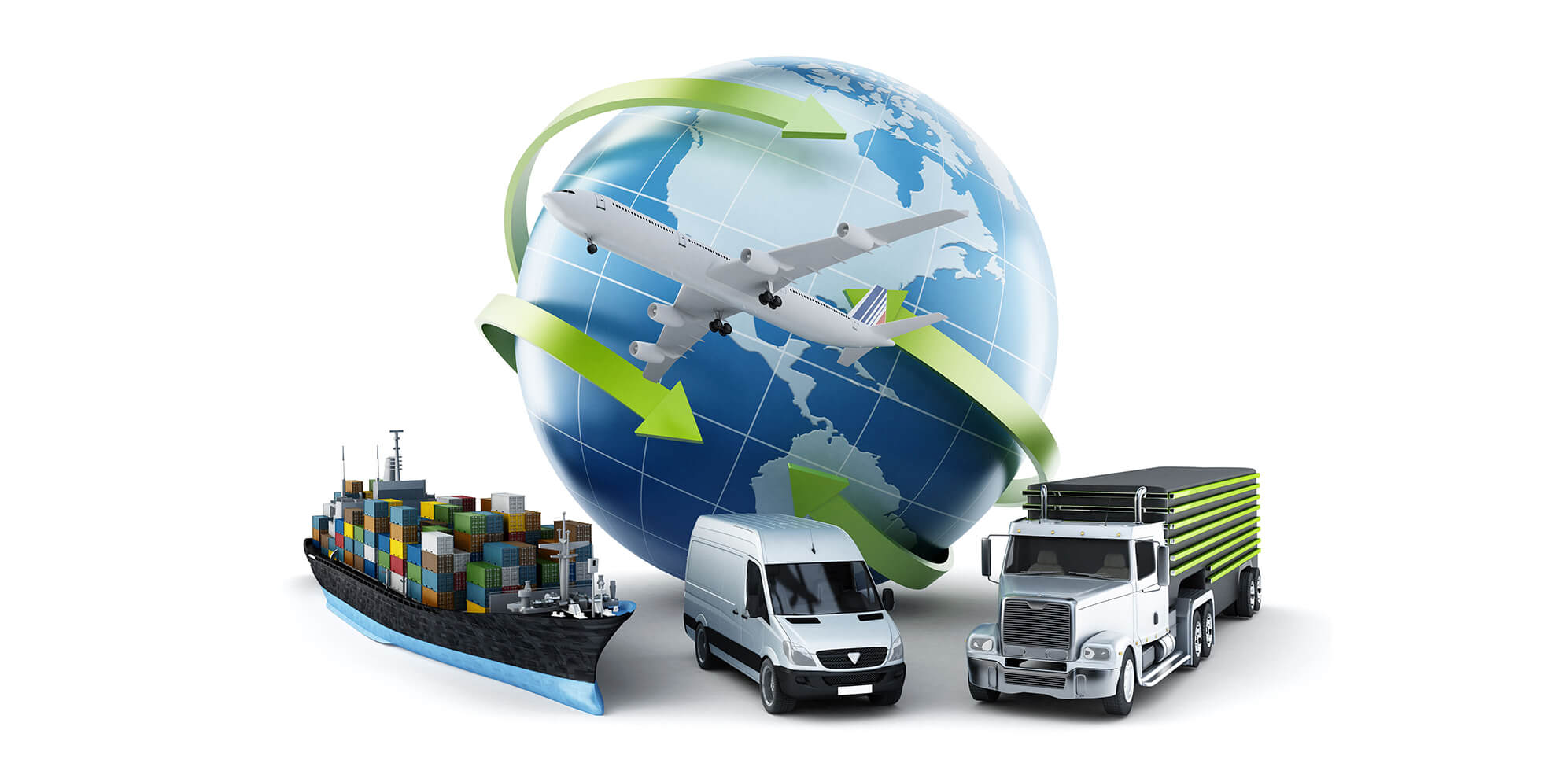
- Safety and Environmental Regulations
Safety and environmental regulations are one of the most important aspects of European controls on lithium batteries. The production and use of lithium batteries have increased exponentially in recent years, leading to concerns about their potential impact on human health and the environment. European authorities have established strict regulations to ensure the safe handling, transport, and disposal of lithium batteries.
The regulations on the safety of lithium batteries aim to prevent accidents and protect human health. This includes requirements for the labeling, packaging, and transport of lithium batteries, as well as guidelines for their safe storage and use. Additionally, manufacturers must comply with specific standards for the production of lithium batteries, ensuring that they meet certain safety criteria.
The environmental regulations on lithium batteries aim to minimize the negative impact of these batteries on the environment. This includes requirements for the proper disposal and recycling of lithium batteries, as well as limits on the amount of hazardous materials that they can contain. In particular, the European Union's Waste Electrical and Electronic Equipment (WEEE) directive requires the proper treatment and disposal of electronic waste, including lithium batteries, to prevent the release of hazardous substances into the environment.
Safety and environmental regulations are crucial to ensuring the safe and responsible use of lithium batteries in Europe. The strict guidelines and standards set by European authorities help to prevent accidents, protect human health, and minimize the negative impact on the environment. As lithium batteries continue to be an important part of our daily lives, it is essential that we continue to prioritize safety and environmental responsibility to ensure a sustainable future for all.

- Transportation Restrictions
Transportation restrictions on lithium batteries are crucial for ensuring the safety of individuals and the environment during their transportation. Lithium batteries are considered dangerous goods due to their potential to cause fires, explosions, or other safety hazards, and therefore they are subject to specific regulations for their safe transportation.
Most significant transportation restrictions on lithium batteries is related to their packaging and labeling. Lithium batteries must be packaged in a way that prevents short-circuits or other types of damage that could lead to safety hazards. Furthermore, they must be labeled appropriately with specific hazard warnings, including the UN number, proper shipping name, and class label.
Important transportation restriction is related to the mode of transportation used to transport lithium batteries. There are different regulations and restrictions that apply to the air, sea, and land transport of lithium batteries. For example, air transportation of lithium batteries is subject to more stringent restrictions due to the potential risk of fire or explosion in an airplane cabin. Therefore, the International Air Transport Association (IATA) has established specific guidelines for the transport of lithium batteries by air, which must be followed by airlines and cargo operators.
Packaging and mode of transportation, there are also restrictions on the quantity of lithium batteries that can be transported. The maximum quantity of lithium batteries allowed on a transport vehicle or in a container is determined by the type of battery, its watt-hour rating, and the mode of transport used. These limits are set to ensure that the risks associated with transporting lithium batteries are minimized.

- End-of-Life Disposal Requirements
End-of-life disposal requirements are an essential aspect of European controls on lithium batteries. Lithium batteries contain hazardous materials that can pose a significant risk to human health and the environment if they are not disposed of properly. Therefore, European authorities have established regulations for the safe and responsible disposal of lithium batteries at the end of their useful life.
Most important end-of-life disposal requirements for lithium batteries is recycling. The European Union's Waste Electrical and Electronic Equipment (WEEE) directive requires that lithium batteries be properly treated and recycled to recover valuable materials and prevent hazardous substances from entering the environment. The directive establishes specific recycling targets and requires member states to establish collection and recycling systems for electronic waste, including lithium batteries.
Recycling, there are also regulations on the storage and transport of end-of-life lithium batteries. These regulations aim to prevent the release of hazardous substances into the environment during storage and transportation. Lithium batteries must be stored in a way that prevents short circuits or other types of damage that could lead to safety hazards. They must also be transported in accordance with specific regulations to ensure their safe and responsible disposal.
Lithium batteries must be labeled appropriately when they are at the end of their useful life. The labeling must indicate that the battery should not be disposed of in the regular household waste, and that it should be disposed of at an appropriate collection point or recycling facility. This labeling requirement aims to raise awareness among consumers about the importance of responsible end-of-life disposal of lithium batteries.

- Import and Export Regulations
Import and export regulations are an important part of European controls on lithium batteries. Lithium batteries are a global commodity, and their import and export are subject to specific regulations to ensure that they are transported safely and legally across international borders.
Most significant import and export regulations for lithium batteries is related to their classification as dangerous goods. Lithium batteries are considered dangerous goods because of their potential to cause fires, explosions, or other safety hazards, and therefore they are subject to specific regulations for their safe transportation. The International Air Transport Association (IATA) and the International Maritime Organization (IMO) have established specific guidelines for the transport of lithium batteries by air and sea, which must be followed by carriers and shippers.
Import and export regulations also govern the documentation required for the shipment of lithium batteries. These documents include an air waybill or a bill of lading, which must indicate the correct classification of the lithium batteries being transported, as well as their quantity, weight, and mode of transport.
Another essential import and export regulation for lithium batteries is related to customs clearance. Customs authorities play a critical role in ensuring that lithium batteries are imported and exported legally and safely. Customs clearance procedures may include inspections of the batteries to verify their compliance with international regulations, as well as checks on the documentation and labeling of the batteries.
Some countries may impose additional import and export regulations on lithium batteries that go beyond the international standards. These regulations may include restrictions on the quantity or type of lithium batteries that can be imported or exported, as well as licensing requirements for importers and exporters of lithium batteries.
Import and export regulations are essential for ensuring the safe and legal transport of lithium batteries across international borders. By adhering to these regulations, we can minimize the potential risks associated with the transport of lithium batteries, while also ensuring that these batteries continue to be an essential power source for our devices and appliances.









